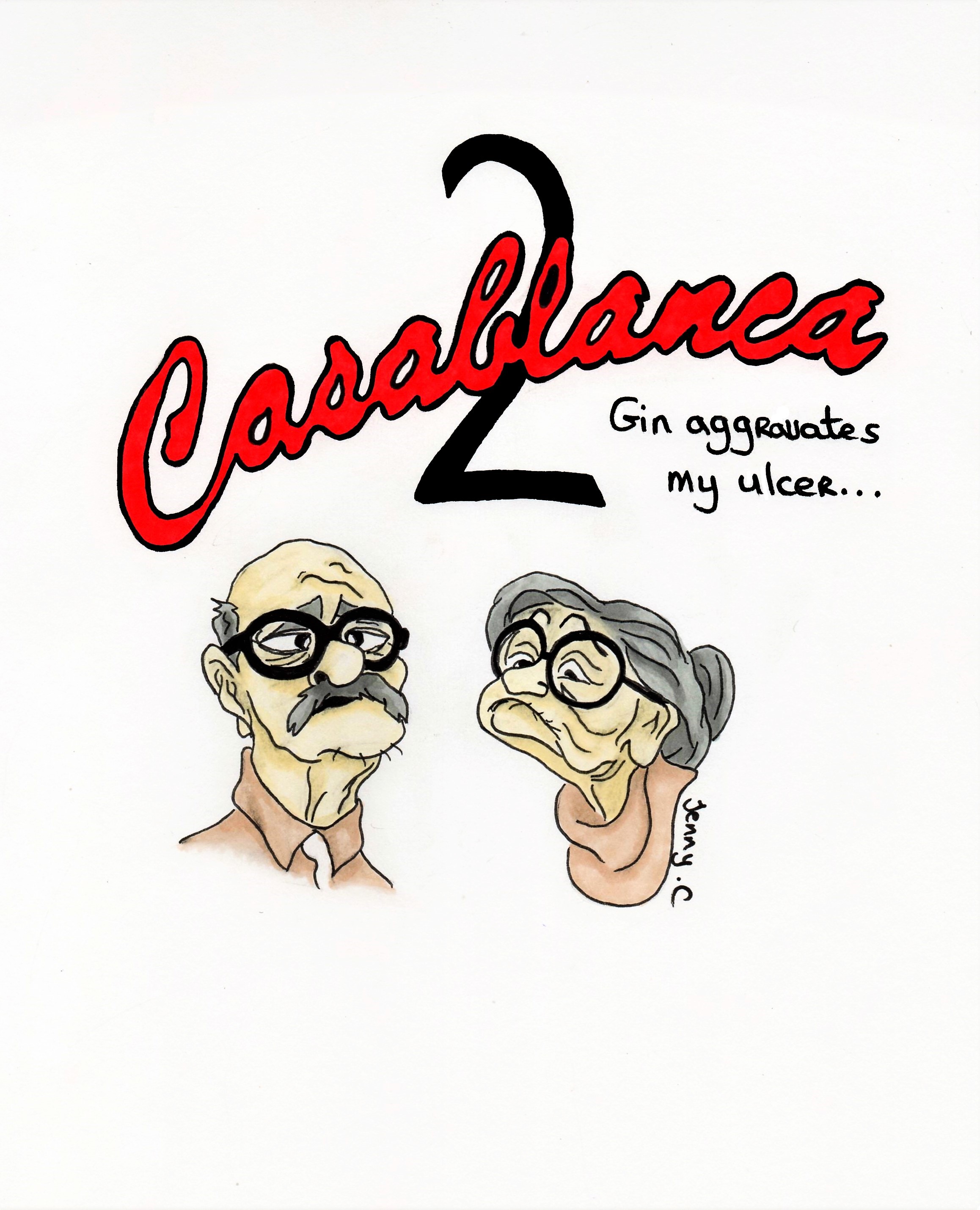It seems that Hollywood has finally cracked the formula for instant box office success: sequel, reboot, repeat. So far in 2017, the top three highest grossing films worldwide are ‘Beauty and the Beast’, ‘The Fate of the Furious’ and ‘Despicable Me 3’; a remake and two sequels respectively. In fact, there is no movie in the top ten that is not a sequel, a reboot or based on previous works of fiction.
With the release of ‘Star Wars: The Last Jedi’, on the horizon, this trend does not look set to change. At a time where studios place more value in commercial than critical success, is there still a market for a truly original film?
Clearly, moviegoers are answering the call to the familiar in their droves, and I can’t say I blame them. There is definitely an appeal in knowing what to expect from a film, and knowing you will get your money’s worth.
Take superhero movies, for example. Among the ranks of the top ten on the list previously mentioned are ‘Wonder Woman’ and ‘Spiderman: Homecoming’. Despite the fact that they are both stand alone films in their own right, they ultimately consist of characters and storylines derived from comic books. While this means that they cannot claim to have been organically conceived, they are no less enjoyable than any other movie.
The sense of familiarity that accompanies these films is instilled in consumers’ heads long before the viral ad campaigns; it comes from the fabric of pop culture that is interwoven into our daily lives. As soon as the recognisable logo flashes up on the screen, it acts as a stamp of approval. This creates a kind of trust with the audience; telling them that irrespective of quality, they are guaranteed two hours of action-packed adventure with accessible characters they can rely on.
This genre has proved as a recipe for success for many companies, which has lead to comic book movies dominating the market, showing that consumers trust in what they can expect. However, this trend has caused an oversaturation of superhero films in the industry. This, combined with the sheer magnitude of these types of films, requiring an extensive budget, is squeezing out the competition and satisfying consumers’ appetites for entertainment, further reducing demand for smaller, independent films.
Sequels and reboots have an advantage over original films in the way that they can expand upon past worlds, such as the ‘Star Wars’ franchise, allowing a richer and more fleshed out story to develop. The deeper audiences become invested in a story, the more they become willing to spend. With such a strong spotlight on the known, films starting from scratch can often get left by the wayside in the absence of the large-scale merchandising and promotion that their more profitable rivals enjoy.
It seems that more often than not companies just don’t want to take risks on concepts that they can’t trust to bring in the big crowds that they’re used to in order to make the maximum profit. Sequels and reboots of already widely popular films act as reliable cash cows for studios. Unfortunately, this money is mostly used to generate more of the same content instead of going towards developing original ideas because, as the saying goes, ” if it ain’t broke, don’t fix it”. Yet, this methodology does not always prove to be successful.
‘Blade Runner 2049’, a sequel to the 1982 film, ‘Blade Runner’, came in at number thirty two on the list, making significantly less money than anticipated. Although the original was not an overnight success, it has since gained a cult following, which led the studio to believe a sequel would be well received. Like any action sequel or remake, it was given a bloated budget. This was probably rationalised because of the huge profit these types of movies pull in, as that has been the recent trend after all.
It was also most likely thought that the big names of Harrison Ford and Ryan Gosling would be enough to sell tickets on their own. However, the movie struggled to make its budget back and was considered by many to be a ‘box-office flop’. There are many contributing factors to the film’s downfall, including its long run time, restrictive R rating and lack of appeal to young children and women, but a large part of the lack of interest could be due to its vague ad campaign. Typical spoiler-free ad campaigns, seen from the likes of the Marvel and Star Wars franchises, are successful due to their reliance on consumers’ connections to established characters.
In the case of ‘Blade Runner 2049′, there just wasn’t enough familiarity there to peak consumers’ interests. The lack of information about the film didn’t stop there, as many movie critics were even asked to keep plot points out of their reviews. Ultimately, consumers spoke with their wallets, sending a clear message to the studio that the concept of a sequel or remake doesn’t work unless the film has actual substance to back it up.
In the end, box-office numbers don’t lie; it seems that sequels and reboots are here to stay and will continue to grow in popularity for the foreseeable future. However, the surprising financial failure of ‘Blade Runner 2049’ could suggest that audiences are growing tired of following the trend.
Consumers should not be expected to be interested in every semi-familiar concept they are presented with, but rather should be given fresh ideas and choice. Studios may not listen to every angry tweet or low Rotten Tomatoes score, but putting your money where your mouth is, is an ideal way to call for change, and clear room for more original films to come to the forefront.







